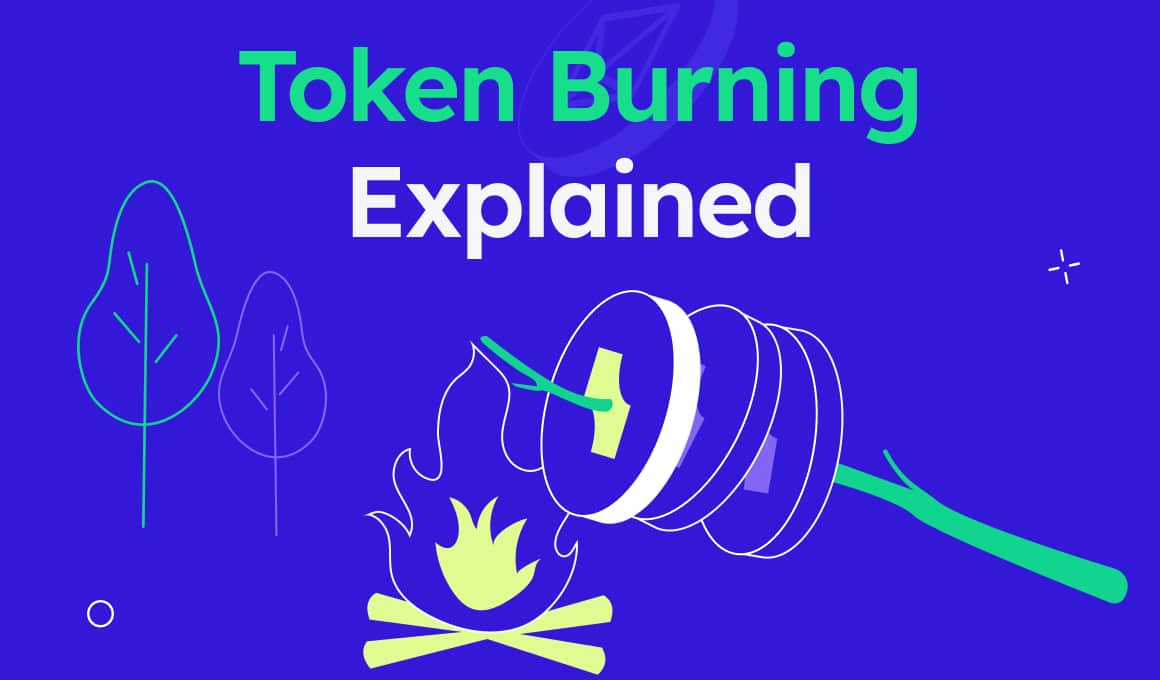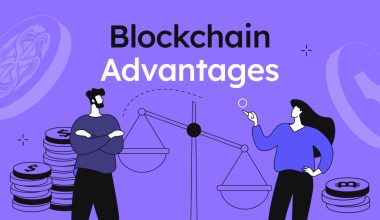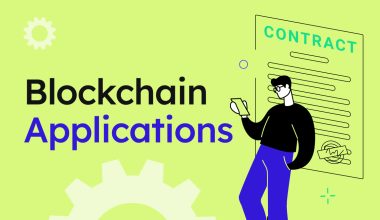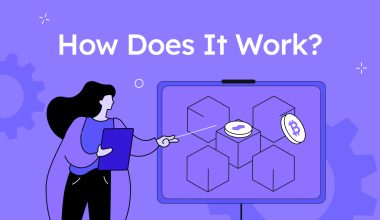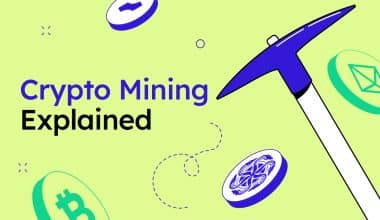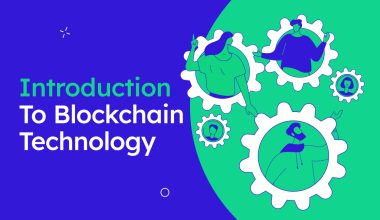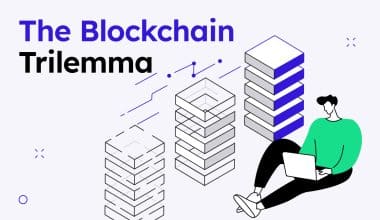The concept of burning tokens plays a crucial role in shaping the dynamics of various blockchain ecosystems. It is a mechanism that supports the price stability of crypto assets, promotes and increases scarcity, and drives community engagement by giving members a common goal to work towards.
In this article, we’ll explain the mechanism of token burning, its purpose, and its significance in terms of blockchain technology.
But first…
What Are Tokens?
Before we explore token burning, let’s clarify what tokens are within the context of blockchain.
Crypto tokens are digital units of value that exist on a blockchain. They can represent various assets, ownership rights, or access permissions within a blockchain ecosystem. Unlike traditional physical tokens, crypto tokens are purely digital and are built on the technology of blockchain. These tokens can be created, transferred, and managed through the use of smart contracts, which are self-executing programs that automatically enforce the terms of agreements.
Tokens and coins are not the same thing.
Read more: Tokens vs Coins: Know the Difference
What Is Token Burning?
Token burning, in the context of blockchain technology, refers to the deliberate and permanent removal of a certain number of tokens from circulation.
This process is typically achieved through the use of smart contracts, which are self-executing code scripts that run on the blockchain.
When tokens are sent to a designated address using a smart contract, they become irretrievable and effectively “burned,” meaning they cannot be spent, traded, or accessed ever again.
Why Burn Tokens?
Token burning is quite popular and often employed by blockchain projects to control the total supply of tokens, increase scarcity, and influence the economic dynamics of their ecosystems.
Supply Control
One of the main reasons for token burning is supply control. By reducing the total supply of tokens in circulation, blockchain projects aim to increase the scarcity of their tokens. This scarcity can potentially lead to increased demand and value for the remaining tokens, similar to how traditional economies manage inflation and deflation.
Economic Model
Token burning can be a strategic element of a blockchain project’s economic model. When tokens are burned, the total supply decreases, which can have a positive impact on the token’s price. This can attract investors and users who are interested in a token with a strong potential for value appreciation.
Reward Reduction
In some blockchain ecosystems, tokens are used as rewards for miners, validators, or participants. Token burning can help manage the issuance of new tokens as rewards, preventing excessive inflation in the token’s value.
Alignment of Incentives
Token burning can align incentives between different stakeholders within a blockchain ecosystem. For example, if a project’s team holds a significant amount of tokens, burning a portion of those tokens demonstrates a commitment to the project’s long-term success and reduces the potential for them to sell tokens in a way that might negatively impact the market.
Transition to Proof of Stake (PoS)
Some blockchain networks, like Ethereum did, are transitioning from a Proof of Work (PoW) consensus mechanism to a Proof of Stake (PoS) mechanism. In PoS, validators need to “stake” a certain amount of tokens as collateral. Token burning can help reduce the overall supply of tokens available for staking, increasing their scarcity and potentially boosting their value.
How Does Token Burning Work?
Token burning typically involves a smart contract, which is a self-executing contract with the terms of the agreement between buyer and seller directly written into code. When tokens are sent to the burning address via a smart contract, they are effectively locked and cannot be accessed again. This is achieved through code that enforces the rules of the burning process.
Token burns can also however be completed manually by individuals and even organizations and institutions. After all, all you need to do is to send the tokens to the corresponding burn address, which is publicly available and can be interacted with freely. Of course, that’ll leave you without your tokens, but that’s the whole idea.
Can’t We Just Burn Bitcoin and Get Rich?
No, we cannot burn Bitcoin in the same way that we can burn tokens on other blockchain platforms.
Bitcoin operates on its own blockchain with a specific set of rules that do not include the concept of burning. Bitcoin’s total supply is capped at 21 million coins, and no more can be created beyond that limit. The supply of Bitcoin is controlled by the predetermined issuance schedule and the rules of the Bitcoin protocol.
In other words, you cannot burn Bitcoin in the way that you might burn tokens on other blockchains. The supply of Bitcoin is determined by its underlying protocol, and the number of coins cannot be changed or altered through burning or any other means.
Even if deliberately sending Bitcoin to an address and then destroying the wallet’s private keys to make the BTC inaccessible and unspendable, the total supply (and circulating supply) of Bitcoin remains unchanged. BTC burns are therefore impossible, as they go against Bitcoin’s rules.
Read more: Bitcoin: How the cryptocurrency revolution started
In Conclusion
Token burning is a fundamental mechanism within blockchain technology that influences the value, supply, and incentives of tokens in various ecosystems. By intentionally removing tokens from circulation, blockchain projects can achieve a range of goals, from supply control to enhancing economic models and promoting healthy network dynamics. Understanding token burning provides valuable insights into the intricate workings of blockchain systems and their impact on the broader world of cryptocurrencies and digital assets.
